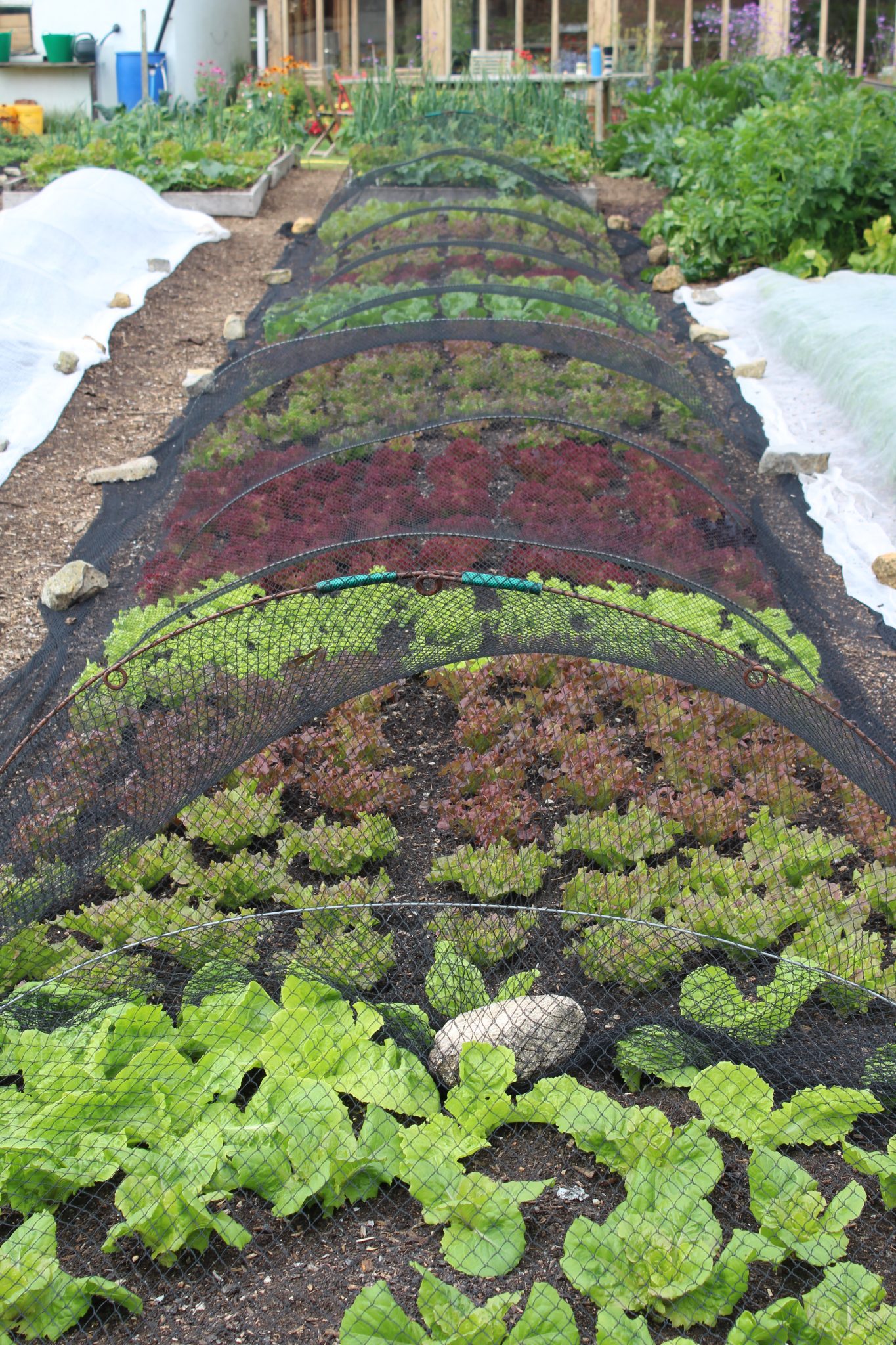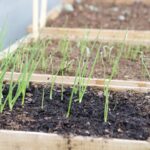I find patterns in gardens fascinating (so much so I wrote a book about them) and I find it strange they aren’t discussed more in gardening because they are literally everywhere and influence everything.
Pattern is as important an element in successful garden design as the core elements of colour, texture and shape and yet it is barely ever touched upon. Take a look at the world’s best designers and they all have a masterful grasp of pattern. Yet instead we tend to talk of plant combinations, which is interesting but too zoomed in, it misses the larger patterns at work.

It may be because pattern in gardens is actually extremely complex and covers many different elements from the obvious, such as the patterned tiles above. To the less obvious of plants repeated in non-identical combinations creating a complex tapestry pattern, below.

One thing I have noticed however is that pattern is almost always essential to giving a garden unity and cohesion. It can also be responsible for making a garden feel overcrowded and wrong, making the detailed study of pattern in garden design more important than most may think.

In the above example, stained glass patterns and a beautiful black brick wall with its own pattern is both an interesting feature and backdrop to plants. In bolder colours that combination of patterns would be overpowering alongside the plants, fighting one another. But the muted combination of the patterned wall’s texture and colour allow the plants to stand out against it with their own lighter green bold foliage patterns.

Above vegetables set out in neat rows form a colourful edible pattern that we find satisfying to look at, why? There are many psychological elements to pattern too, we’ve evolved to recognise patterns – we are the ultimate pattern decipherers without even realising it. We read patterns in our surroundings in every second of the waking day.

Naturalistic planting design relies on minimalist patterns for structure to help the plantings make sense and feel beautiful rather than chaotic. The above planting has such a strong pattern in its planting, the pattern holds it all together making it feel satisfying.

I have a developing theory that pattern is more powerful at drawing attention than colour. For some reason, a bold pattern on say a cushion (above) acts like a magnet to the eye. So pattern in gardens can also be used as a powerful focal point.
If pattern is critical to the layout of gardens, helps make a planting work and a space feel cohesive, why is it so little discussed? Please add your thoughts in the comments below.
My new book, RHS The Gardener’s Book of Patterns, goes into this topic in greater depth exploring pattern in every element of garden design, filled with practical tips and inspiration photos (out now).









